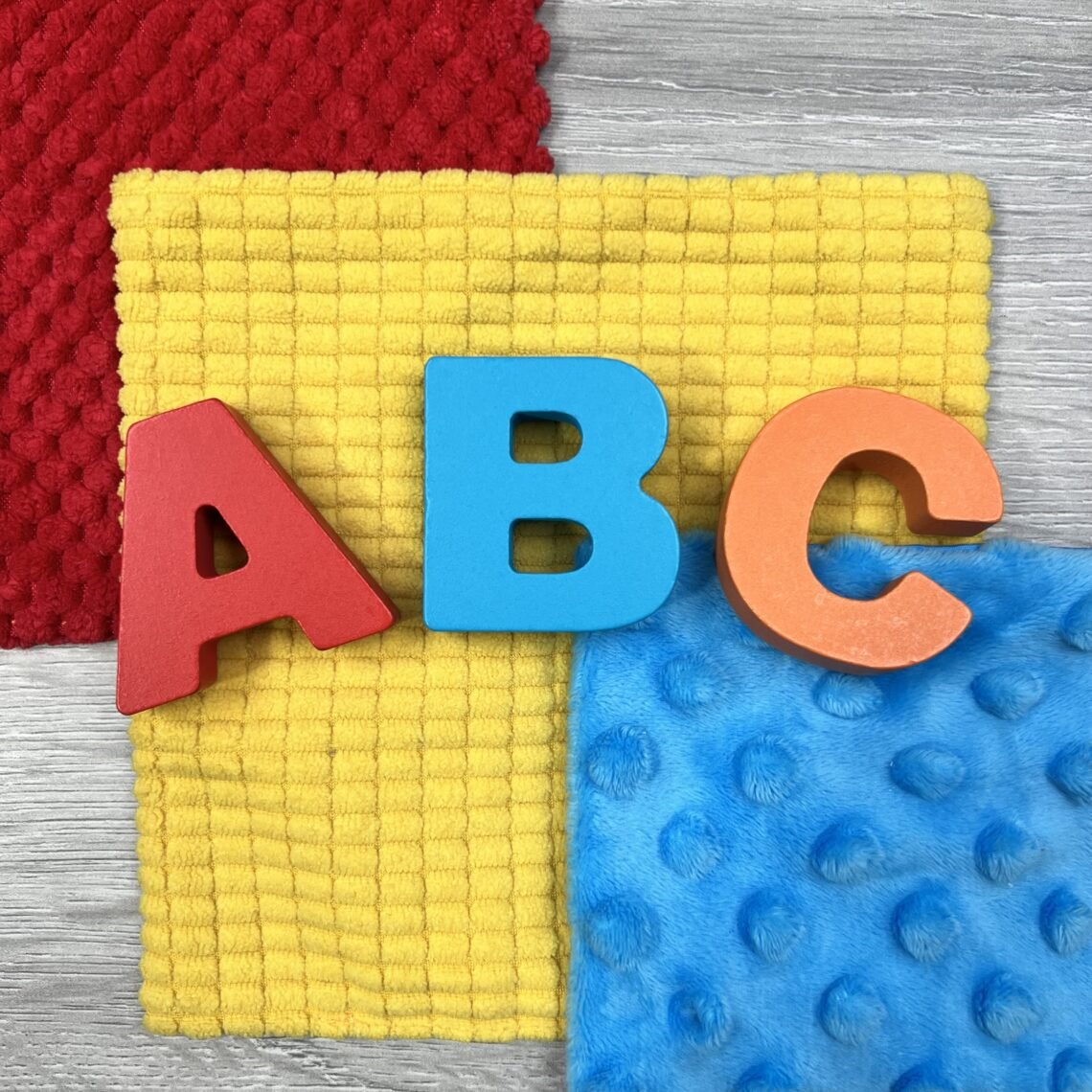
Easy Ways to Teach a One-Year-Old
If you’re a parent who’s even thinking about homeschooling, or if you just want to give your toddler a solid head start before preschool, you’re in the right place. It’s never too early to start nurturing a love for learning—and believe it or not, one-year-olds are learning machines. At this stage, their little brains are constantly absorbing, mimicking, and exploring the world around them. Even the tiniest activities can plant seeds that will grow over time.
Whether you’re planning to homeschool long-term or simply want to spend meaningful, educational moments with your little one, these easy and effective tips for teaching your one-year-old will help you feel confident and inspired.
This post contains affiliate links, which means I may earn a small commission—at no extra cost to you—if you make a purchase through my links. As an Amazon Associate, I earn from qualifying purchases. Read my full Affiliate Disclosure here. Thank you so much for supporting my blog—I truly appreciate it!
Why Start So Early?
Many parents wonder if formal learning at such a young age is necessary or even helpful. The truth? Teaching a one-year-old doesn’t look like formal schooling at all—it’s mostly about play, repetition, connection, and fun! At this age, learning is all about sensory experiences, social interaction, and repetition. You’re not trying to create a toddler genius. You’re simply introducing concepts in a fun, pressure-free way that strengthens your bond and encourages curiosity.
One of the easiest and most impactful ways to start? Reading to your baby. Even just a few minutes a day with colorful board books can help build vocabulary, listening skills, and a love for stories that will serve them for years to come.
1. Keep It Simple
This may go without saying, but it’s a crucial reminder. With toddlers, less is more. Pick one or two concepts to focus on at a time—no need to introduce the entire alphabet or a rainbow of colors all at once.
Start small. A great beginning point is teaching facial features and numbers 1 through 3. These are both highly interactive and allow for lots of repetition (more on that below).
For example:
- Point to your nose and say, “Nose.” Then gently touch your child’s nose and repeat, “Nose.”
- Hold up one finger and say, “One,” then help them mimic the gesture.
When you keep it simple, your child can fully absorb and connect with what you’re introducing—without feeling overwhelmed.
Books with big, simple illustrations of faces, numbers, and animals are perfect for reinforcing these early concepts. A few of our favorite board books are linked below in the “Make Learning Playful” section!
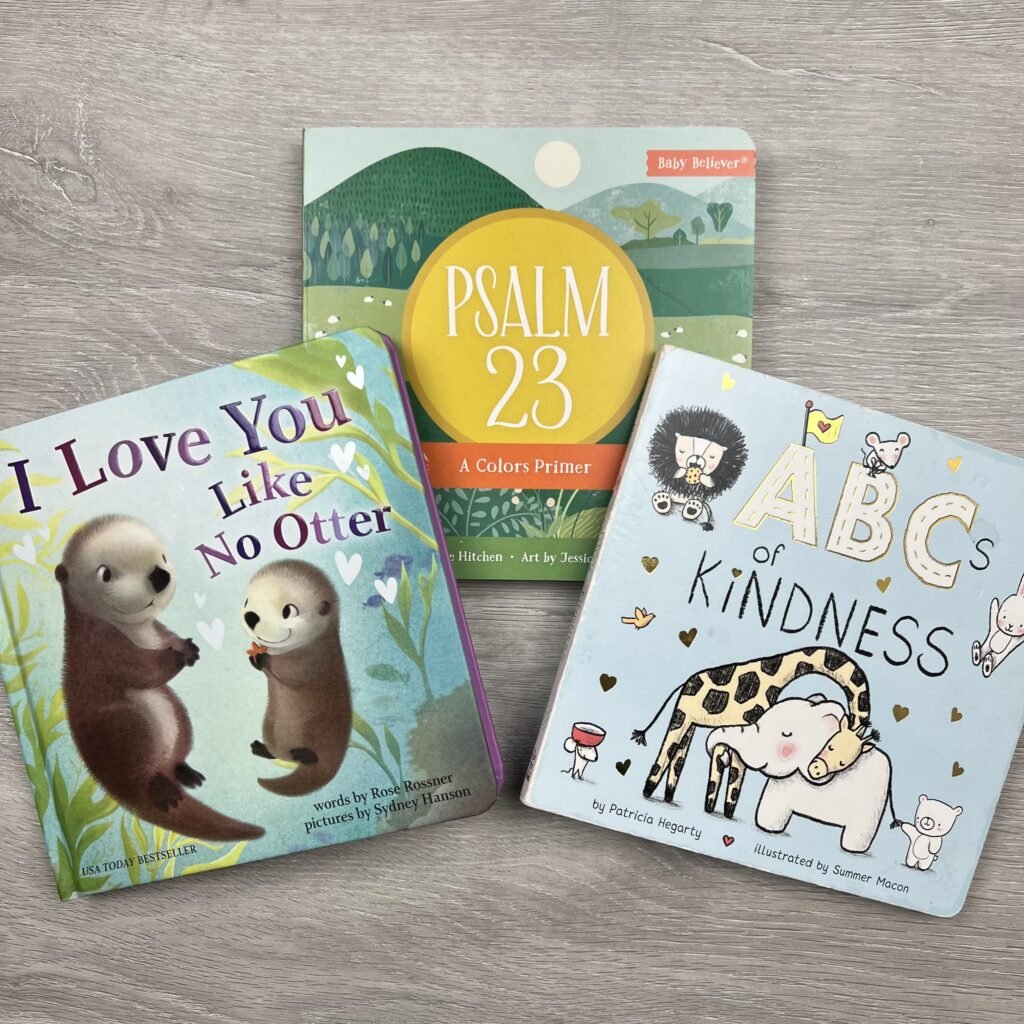

2. Keep Learning Time Short and Flexible
Forget the idea of a rigid “learning schedule.” At this age, your child’s mood and energy level matter more than anything. Short, spontaneous learning moments throughout the day are often the most effective.
You might catch them in a particularly playful, focused mood—maybe after a nap, while playing on the floor, or during bath time. Those are great moments to weave in a little intentional learning.
Aim for a few minutes at a time. Let your toddler set the pace. If they’re still engaged, keep going! If they lose interest quickly, that’s okay too. These short bursts add up over time, and you’re building a beautiful foundation just by being consistent and present.
3. Repetition Is Everything
Toddlers love repetition—and it’s one of the best ways they learn. Repeating simple words, actions, and phrases helps reinforce neural pathways and strengthen memory.
Let’s say you’re working on teaching the number one. Hold up one finger and say “One” several times, using different voices or silly faces to keep it fun. You could also count one toy, one block, or one snack.
The same goes for body parts, colors, and letters. Repetition doesn’t mean doing the same exact thing over and over in a dull way. Make it playful! Try songs, movement, and games to keep things interesting while reinforcing the same concepts.
4. Make Learning Playful
At this age, play is learning. You’re not separating playtime and school time—they’re one and the same.
Use toys, songs, stories, and even everyday routines to sneak in learning moments. Here are some simple and playful ways to introduce basic concepts:
- Facial Features: Play peekaboo while pointing to your nose, mouth, eyes, etc.
- Numbers 1–3: Count snacks as you put them on the tray, or stack blocks and count aloud.
- Letters A, B, & C: Try a colored wooden letter set like this one, which makes it easy for your child to explore letter shapes with their hands.
- Primary Colors: Use a toy like a play Kleenex box with soft, colored cloths (this one is our favorite) to reinforce color names in a fun, sensory-rich way.
And of course, don’t forget story time! Reading simple board books is not only comforting, it’s a great way to introduce colors, animals, letters, and numbers naturally. A few top picks to check out:
- My First Library by Wonder House Books
- Baby Believer books by Danielle Hitchen
- I Love You Like No Otter by Rose Rossner
📚 Check out more of our favorite toddler board books here.
Remember—if you’re having fun, your child probably is too. Enthusiasm is contagious!
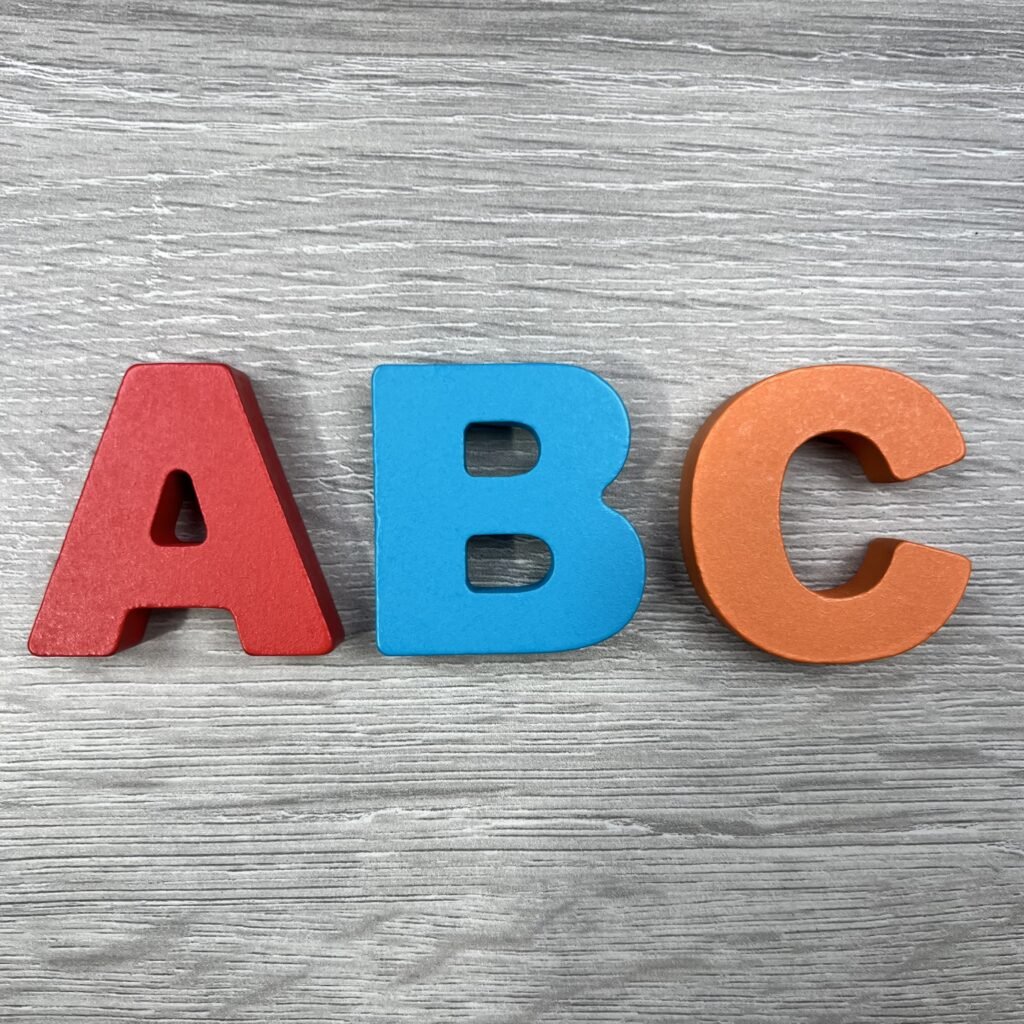
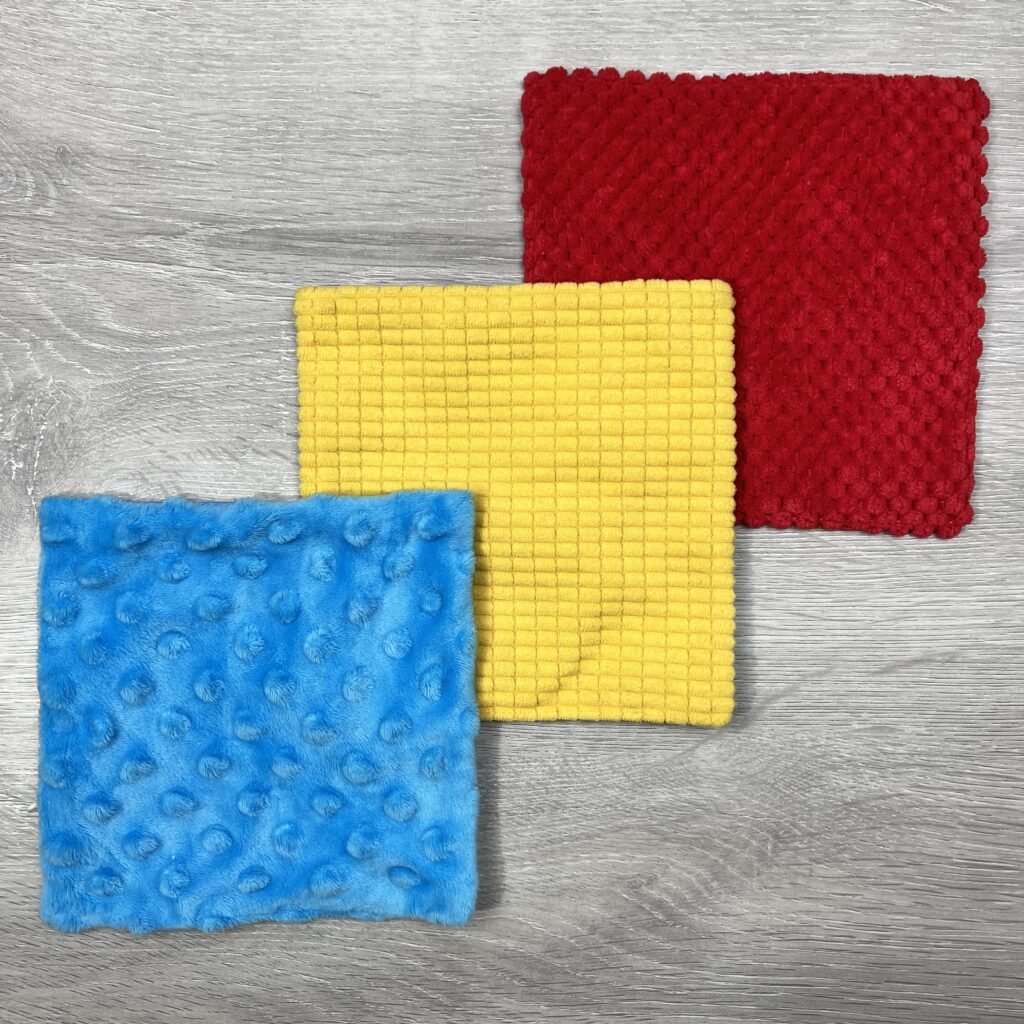
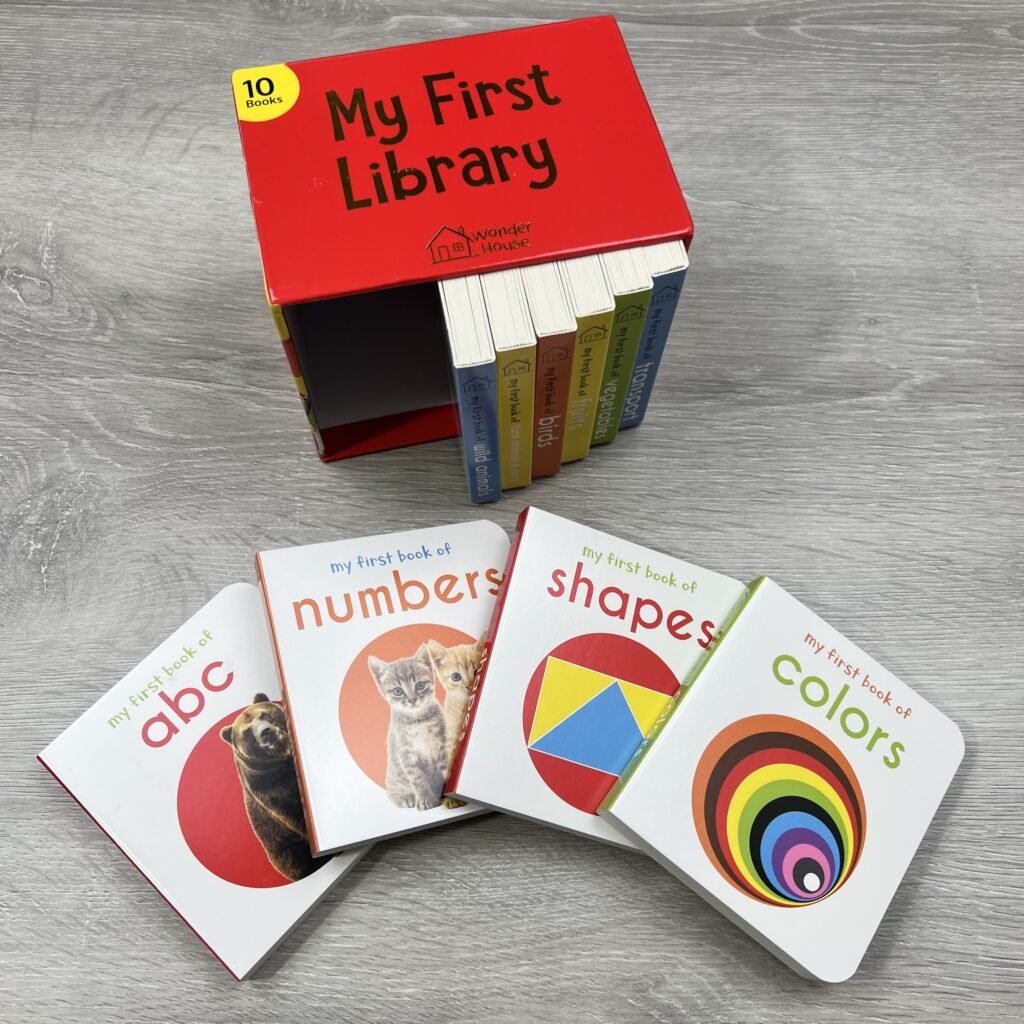
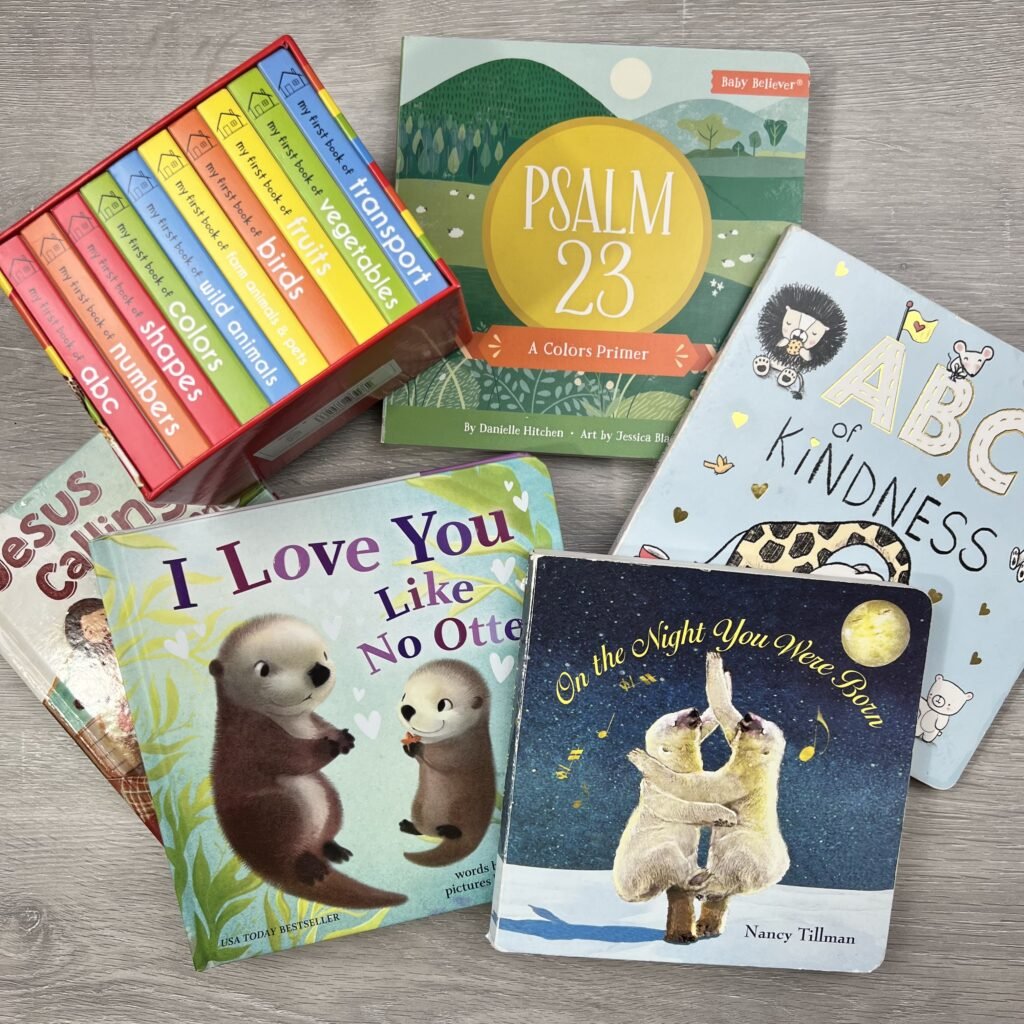
5. Incorporate Learning Into Your Daily Routine
You don’t need to carve out “lesson time” every day to be intentional about teaching. Your everyday routines are full of opportunities to learn.
Here are a few examples:
- During diaper changes: Count toes, name body parts, or sing a letter song.
- In the kitchen: Name the colors of fruits and veggies as you prep meals.
- At bath time: Practice pouring water from cups labeled 1, 2, and 3, or play with toys in different colors.
- At bedtime: Wind down the day with a cozy story session. Reading together before bed is a calming tradition that teaches rhythm, vocabulary, and attentiveness—all while strengthening your bond.
When you start seeing the world through a “learning moments” lens, you’ll notice how many teaching opportunities are right at your fingertips.
What Should You Teach a One-Year-Old?
Here are a few simple, age-appropriate learning goals that are easy to introduce:
- Facial Features: Eyes, nose, mouth, ears.
- Numbers: Start with 1–3 and build from there.
- Letters: Focus on A, B, and C through repetition and visual aids.
- Primary Colors: Red, yellow, and blue.
- Animal Sounds: Bark like a dog or moo like a cow—fun and memorable!
- Basic Commands: “Clap your hands,” “Wave bye-bye,” “Touch your nose.”
- Early Language & Vocabulary: Through songs, repetition, and—yes—books!
The key is to keep everything interactive, simple, and joyful.
Bonus: Use Engaging Learning Toys
Want to add a little extra fun and variety to your toddler’s learning journey? Check out this post: 7 Fun & Engaging Learning Toys for One-Year-Olds. These toys are perfect for reinforcing everything you’re teaching while keeping your little one entertained.
Final Thoughts
Teaching your one-year-old doesn’t have to be complicated or overwhelming. Start small. Keep it playful. Repeat often. And most importantly—enjoy the journey. Every moment you spend intentionally connecting with your toddler is helping to shape their mind, their confidence, and their love for learning.
So grab a few blocks, sing a silly song, or count some blueberries at snack time. You’re doing an amazing job mama—and these tiny seeds you’re planting today will blossom in ways you can’t yet imagine.
💬 Now it’s your turn!
I’d love to hear from you—what are your favorite ways to teach and engage with your one-year-old? Whether it’s a fun game, a go-to song, or a simple routine that works wonders, drop your tips in the comments below! Let’s encourage and inspire each other as we navigate this beautiful season of early learning together. 💕


You May Also Like

